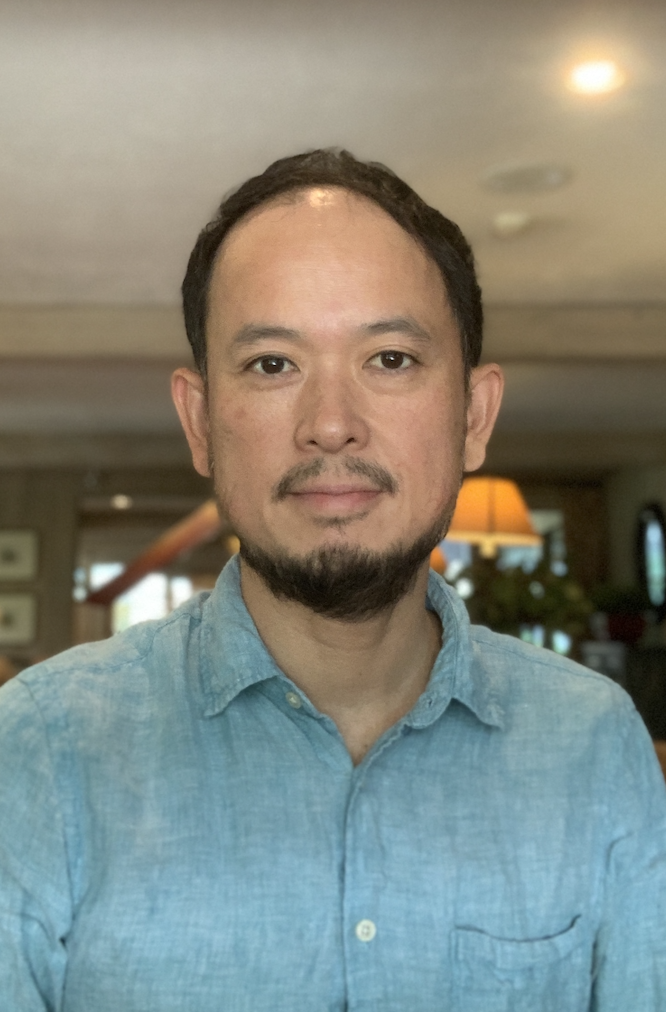

Banner Image: Kishimoto Sayako, Self-Portrait as Kannon, 1988.
IN-PERSON LECTURE
This lecture explores the life and art of Kishimoto Sayako (1939–1988), a largely under-examined Japanese woman artist of the 20th century. Born in Nagoya, Kishimoto initially studied Nihonga, a modern style of Japanese painting that emerged in the late nineteenth century. However, her artistic journey expanded in the 1960s to include abstract painting, conceptual sculpture, and dynamic installations. Among her activities during this time, her participation in the avant-garde group Neo-Dada Organizers in 1960 was particularly notable. In the 1980s, Kishimoto used her large scroll paintings and performances to express an egalitarian vision that challenged Japan’s heteronormative, competition-driven society. This lecture will delve into her art and political activities from this transformative decade, examining her unconventional social perspective and its intricate connections to her representations of gender-ambivalent female bodies. By examining the artistic and political significance of Kishimoto Sayako, this lecture aims to highlight her vision as a challenge to post-1945 capitalist Japan.
 Daisuke Murata
Daisuke Murata
Daisuke Murata is a PhD candidate in the Kress Foundation Art History Department at the University of Kansas, where he is currently working on his dissertation on the art of Japanese woman artist Kishimoto Sayako (1939–1988). Prior to entering the PhD program, he worked for the 21st Century Museum of Contemporary Art, Kanazawa (2003–2013) and Hyogo Prefectural Museum of Art (2015–2020). Curated exhibitions include Ron Mueck (2008), Hiroshi Sugimoto: History of History (2008), and Kyosai Kawanabe (2019).